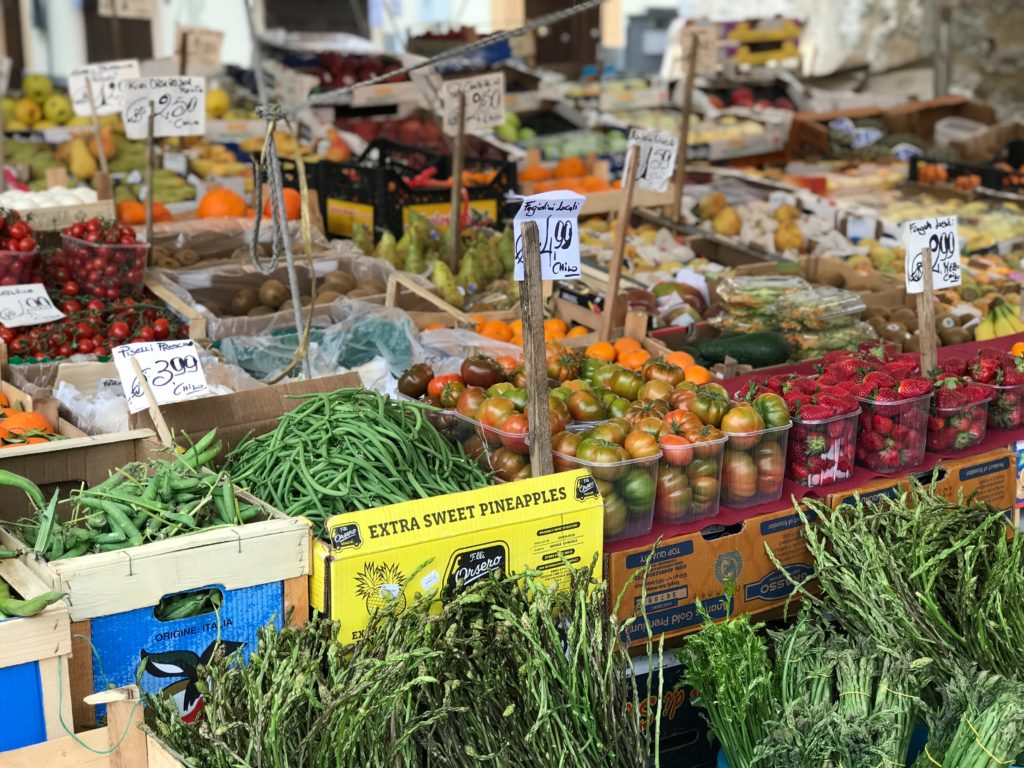
You’re probably on this page because you’re interested in the paleo diet. Maybe you know a lot about it or maybe you don’t know much. If you’re curious about what you can eat, and what you need to avoid, this page is going to lay it out for you in the simplest way possible.
What is the paleo diet?
Paleo is a nutritional approach that harkens back to our ancestral roots. It eliminates common allergens, foods that have been known cause issues for people, or foods that are made in a lab or “processed.”
It’s no hidden fact that the health of our society, especially in the western world, is on a decline. Thanks to the invention of fast food, lab-made food, TV dinners, bigger portion sizes, and an overall more sedentary lifestyle, metabolic conditions, such as increased blood pressure, high blood sugar, high cholesterol/triglyceride counts, and excess body fat.
The paleo diet is one approach that aims to help remedy this problem. By eliminating foods that are low in nutritional value, followers of the paleo diet have reported a variety of noticeable health benefits.
Health benefits
So what can you expect when you first make the transition to paleo? Well, that depends.
But – in general – you can expect to lose that stubborn weight you’ve been trying to shed. After an initial carb flu, you will probably notice you have more energy than you’re used to. Your sleep might improve.
If you have skin issues, whether it’s acne or other rashes, making the transition to paleo might clear this up as well. Because of the anti-inflammatory nature of the diet, it’s not uncommon for your joints to be less achy than normal.
That’s not all – you’ll notice that you feel more satiated between meals. Because your diet is made up of protein, lots of vegetables (hello, fiber!) and healthy fats, you won’t get as hungry between meals.
How To Do The Paleo Diet (And How To Not Do It)
All of this sounds great, I’m sure. But how do you actually do it?
Well, I’d advise you to keep it as simple as possible. What’s a good formula for making meals? First, make sure you have protein on your plate. This could mean chicken, steak, ground beef, turkey, seafood, bison, eggs. Whatever it may be, make sure you have a good portion filling up your plate.
Next load it up with vegetables. The more colorful the better. Try to aim for at least one cup’s worth, but if you can do two even better. This could be roasted broccoli, a big salad with carrots, tomatoes, and bell pepper. Roasted Brussels sprouts. Mashed cauliflower. Steamed mixed vegetables. All of this is fair game.
Starchy vegetables or fruit should make up a small part of your plate. Squash, sweet potatoes, white rice, your favorite fruits.
Last, but not least, make sure there are healthy fats. This could come in the form of olive, coconut or avocado oil that you used to cook your protein or vegetables. Avocado, whole olives, or fatty fish will do the trick. Some homemade salad dressing on top of that big salad is a great option as well.
If you follow this formula, you’re going to do paleo in the best way.
And here’s how NOT to do paleo – eat bacon for every meal. Cook all of your food in gobs of butter. Eat no fruits or vegetables ever. Don’t do this, please. Just don’t.
Paleo Food List
I bet you’re ready to know what falls into the paleo or not category. Well, here it is – your basic paleo food list.
Paleo (Eat These)
Vegetables
Meats
Fruits
Nuts
Seeds
Not Paleo (Avoid)
Processed Food
Sugar
Grains
Dairy
Legumes
If that’s not enough details for you, here’s a couple good paleo food list tools: